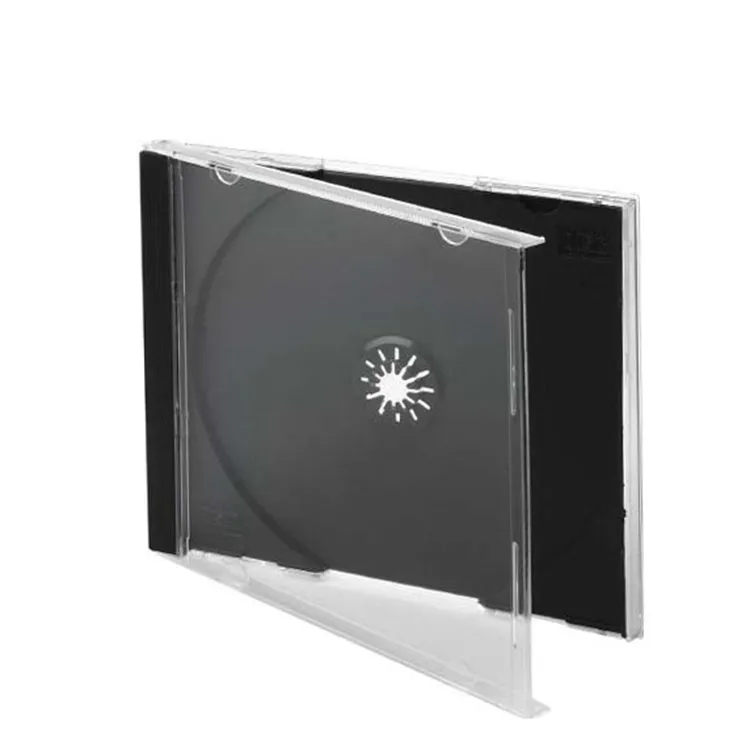What is the Principle of Injection Molding?
2024-09-21
Injection molding, also known as injection moulding, is a highly efficient and precise manufacturing process that involves the use of a ram or screw-type plunger to force molten plastic or rubber material into a mold cavity. This process allows for the production of a wide range of products, from small plastic components to large, complex structures, all of which conform to the exact shape and contour of the mold. In this article, we will delve into the principle of injection molding and explore how it works.
Understanding the Basics of Injection Molding:
The principle of injection molding is relatively straightforward. It begins with the preparation of the plastic material, which is typically in the form of pellets or granules. These materials are heated in a barrel or hopper until they reach a molten state, allowing them to flow easily under pressure.
The Molten Material and Injection Process:
Once the plastic is molten, it is forced into a mold cavity using a ram or screw-type plunger. This plunger applies a high degree of pressure to the molten plastic, forcing it to flow into every corner of the mold. The pressure and speed of the injection process are carefully controlled to ensure that the plastic fills the mold cavity evenly and without defects.
Cooling and Solidification:
As the molten plastic enters the mold cavity, it begins to cool and solidify. The mold itself is typically cooled using water or other fluids, which helps to accelerate the cooling process. As the plastic solidifies, it takes on the shape and contour of the mold cavity, creating a precise replica of the desired product.
Ejection and Post-Processing:
Once the plastic has fully solidified, the mold is opened, and the finished product is ejected from the cavity. The product may then undergo further processing or assembly, depending on its intended use. For example, it may be trimmed, painted, or assembled with other components to create a complete product.
Key Components of Injection Molding:
Mold: The mold is the heart of the injection molding process. It is carefully designed and constructed to create the desired shape and contour of the finished product. The mold consists of two halves, which are clamped together during the injection process.
Injection Unit: The injection unit consists of the barrel, hopper, and plunger or screw-type device that forces the molten plastic into the mold cavity. The temperature and pressure of the plastic are carefully controlled to ensure optimal flow and filling of the mold.
Cooling System: The cooling system helps to accelerate the solidification of the plastic within the mold cavity. It typically consists of water channels or other fluid-filled passages that run through the mold.
Ejection System: The ejection system is used to remove the finished product from the mold cavity. It may consist of ejector pins, slides, or other mechanical devices that push or pull the product out of the mold.




